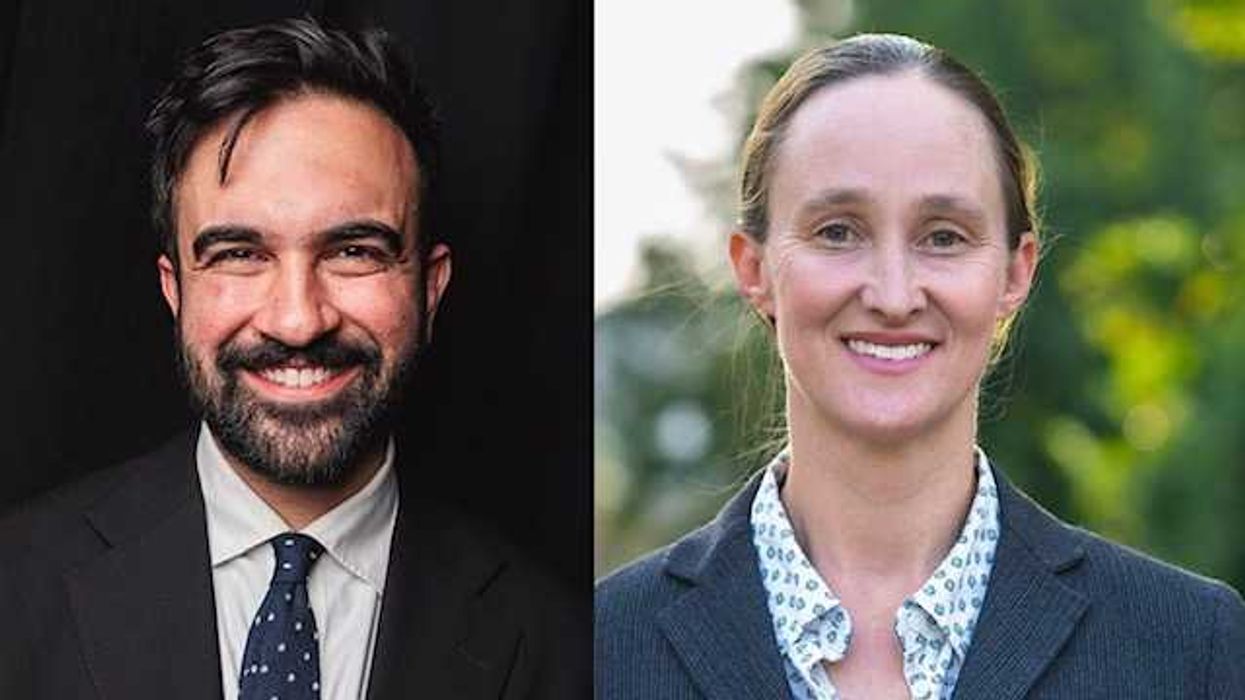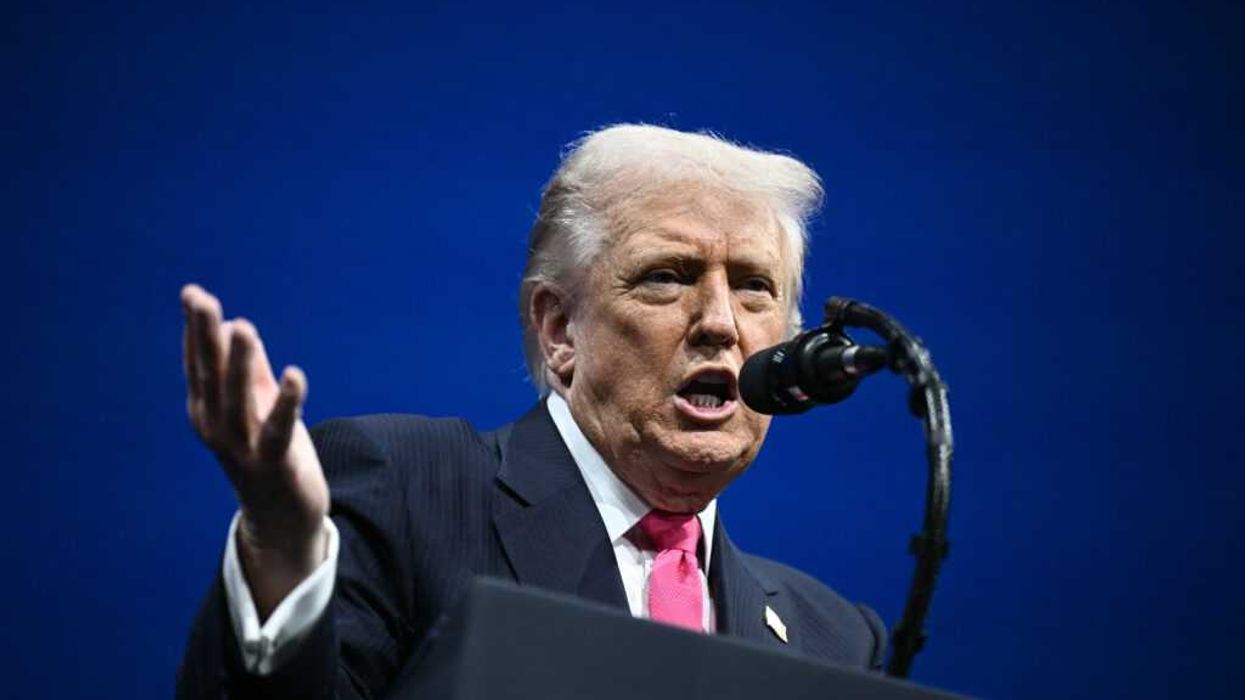Bradford Fitch is the President and CEO of the Congressional Management Foundation and a former congressional staffer.
The recent Supreme Court decision outlawing affirmative action programs in college admissions has already spurred questions about other programs in the private sector aimed at improving diversity in the workplace. The Washington Post headline read, “Affirmative action ruling places a target on corporate diversity programs.” And The New York Times story was similar: "Affirmative Action Ruling May Upend Hiring Policies, Too.” It's not too far a stretch to imagine that the next battleground will be the public sector, including the U.S. Congress.
The Congressional Management Foundation has been working with the Congressional workforce for almost fifty years, providing nonpartisan guidance and training on management and hiring practices. In recent years we've seen a new focus on diversifying congressional offices – more than at any other time in congressional history. The House Office of Diversity and Inclusion has provided outstanding assistance to offices seeking to enhance their operations through diversity. Groups like the Joint Center for Political and Economic Studies have correctly shined a light on the glaring imbalance of people of color working in Congress compared to the general U.S. population. And through its Staff Up Congress initiative, the National Association of Latino Elected Officials has provided professional and leadership training to young Hispanic staffers.
While there are moral and ethical arguments for diversifying the congressional workforce, the Congressional Management Foundation puts forth an additional reason: diverse organizations PERFORM BETTER than less diverse ones. A McKinsey and Company report examining 1,000 businesses in 15 countries was unequivocal in its finding: "Our latest report shows not only that the business case remains robust but also that the relationship between diversity on executive teams and the likelihood of financial outperformance has strengthened over time."A Canadian study of mergers and gender diversity in corporate executive teams and boards found that each additional female director on the board increased the acquiring company’s stock return by approximately three percent.
Each Congressional office is its own independent organization functioning with its own set of practices, policies, and legislative goals. While Congress is assuredly not a for-profit entity, the translation of research from the private sector to government work is logical: diversity in staff leadership will lead to better decision-making on public policy issues. In our work with Congressional offices, we have seen the positive impact of staff diversity firsthand. One office has staff who can answer constituent calls in ten different languages, while others have drawn on staffers’ experiences to understand the impact of legislation on their district.
One governmental organization which has seen tremendous success with diversifying its workforce is perhaps unexpected: The United States Army. And within the Army the leader in this effort has been the U.S. Military Academy at West Point. This graduating 2023 class of officers is the most diverse in history with 36 percent of graduates who are non-white. And, just as the business community makes the business case for diversity, the military makes the case based on their operational needs. In heralding the military benefits of diversity, Col. Drew Deaton wrote in an Association of the U.S. Army Newsletter: "Maximizing the strengths of diverse team members is key to success in leadership and amplifying a unit’s ability to accomplish its mission most effectively…. Our different life and career experiences, ways of thought and lifestyles were not sources of conflict or discord. Rather, they gave us exceptional insights to complement one another’s styles and cover each other’s blind spots.”
It is lamentable that the topic of diversifying a workforce falls prey to partisan squabbling. Organizations seeking to improve should be guided by good management principles, not political ideology. Yet it would be a significant setback in the effort to improve and modernize the Congress if this Supreme Court decision was used to scale back the movement to diversify the staff of the Congress. The management research is clear: decision-making from diverse teams is more creative, profitable, and responsive to their stakeholders. Achieving the goal of creating a workforce that looks more like America will not only give Congress greater moral authority in its decisions, it will result in better public policy.



















